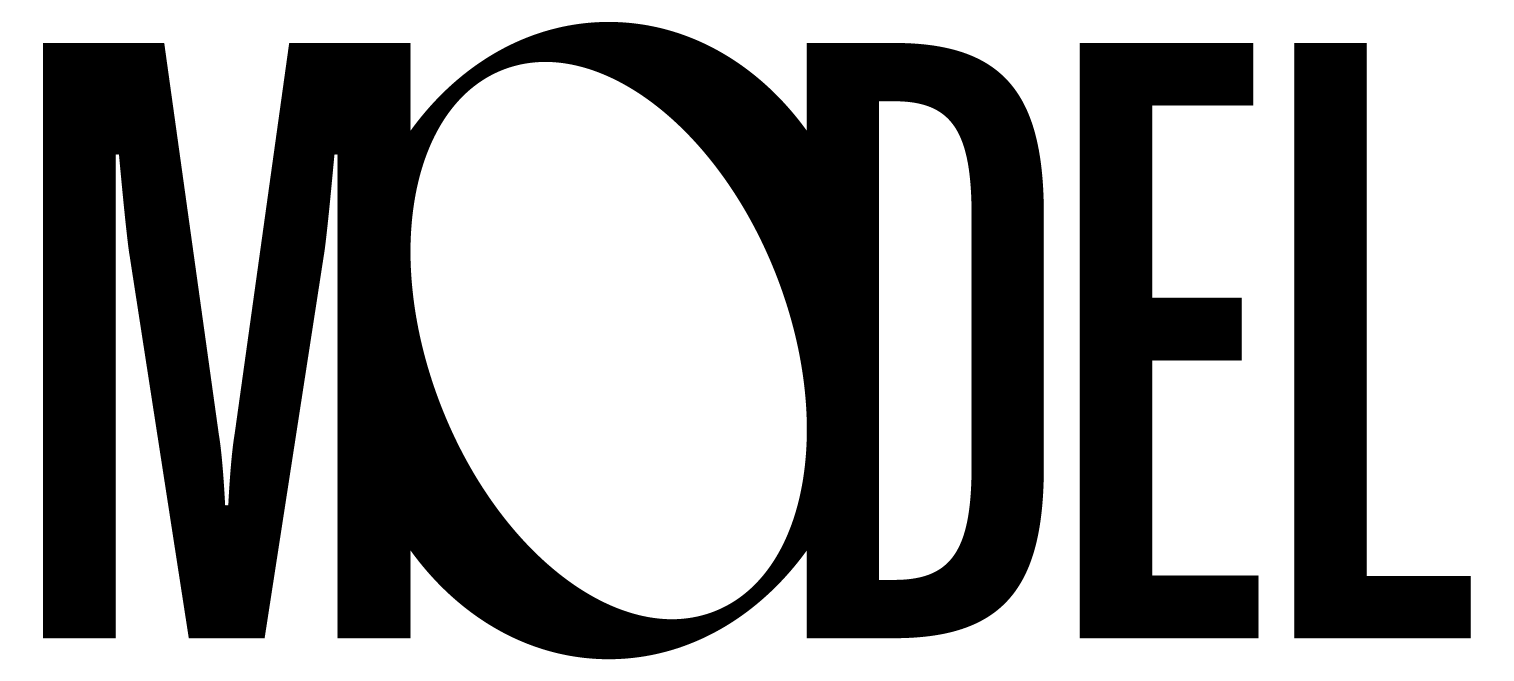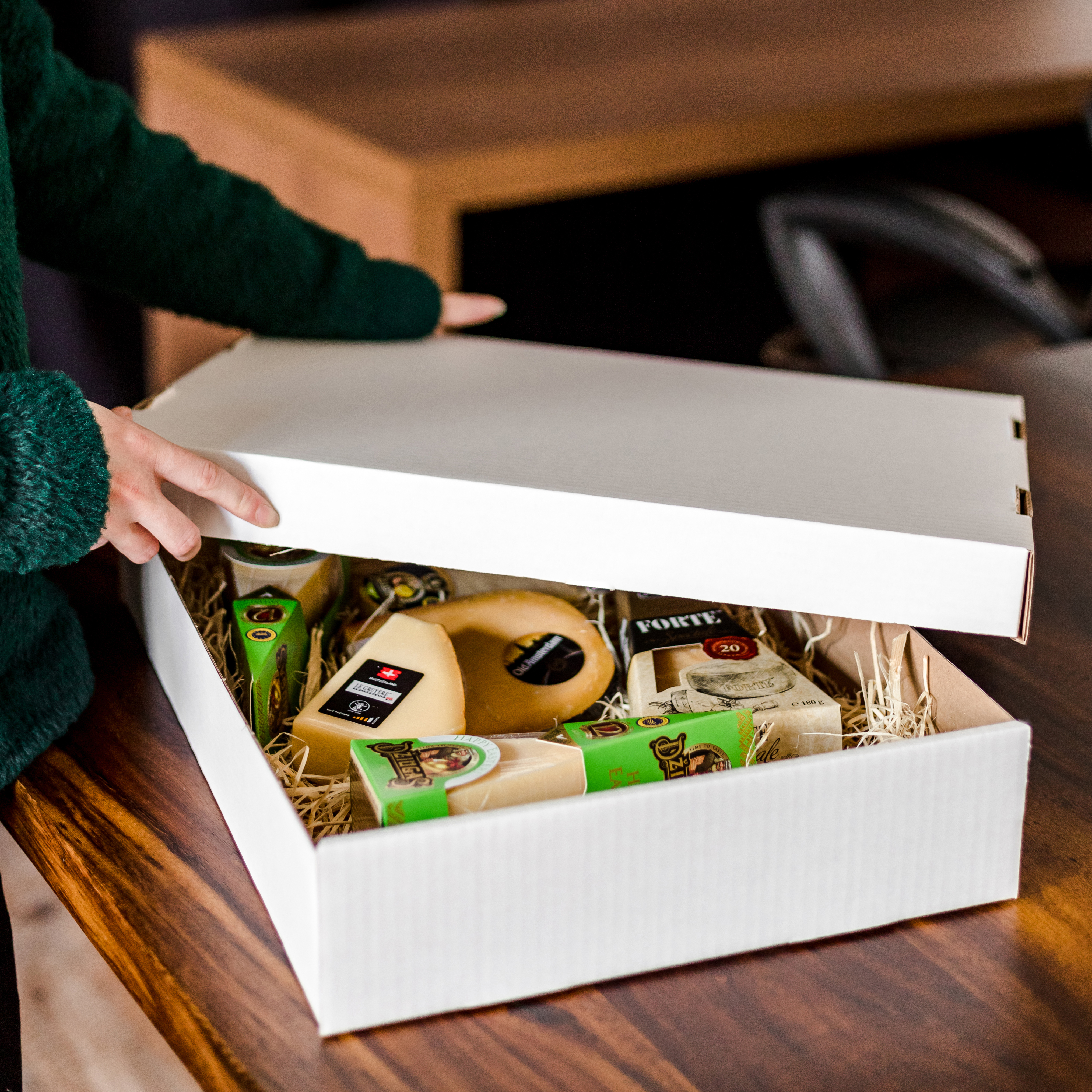Food packaging: 32°C, 36 hours Intro text
Sending frozen meat in summer at 32°C? This isn’t a problem with the optimal packaging for food. We put our cool packaging through its paces with fine heat sensors: They keep the desired temperature for up to 36 hours. Even in hot summers. Find out how on this page.
Reliable insulation is just one requirement for food packaging. Food packaging is regulated by law and must be well thought out: Because it protects and keeps food fresh, provides consumers with the right information, and at the same time is practical and environmentally friendly.

